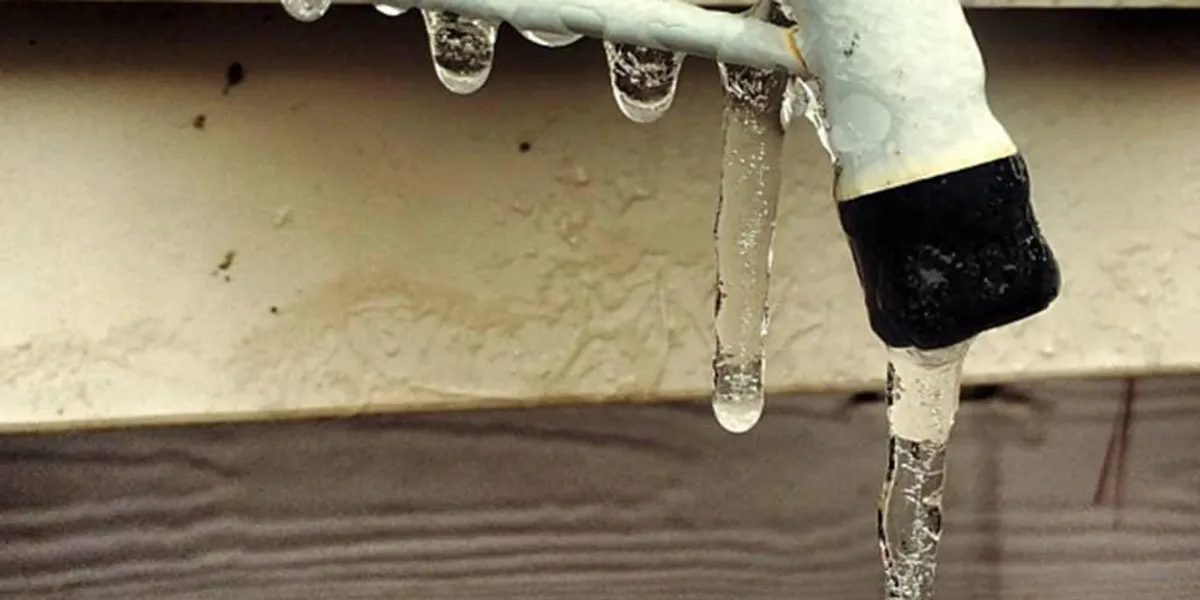Protecting Against Frozen Pipes: Effective Strategies for Winter
Protecting Against Frozen Pipes: Effective Strategies for Winter
Blog Article
We've stumbled upon this article relating to How To Avoid Freezing Pipes directly below on the web and thought it made sense to talk about it with you on my blog.

Cold weather can damage your pipes, particularly by freezing pipelines. Below's how to stop it from taking place and what to do if it does.
Intro
As temperature levels decrease, the threat of icy pipes boosts, potentially bring about costly repair services and water damage. Recognizing how to stop icy pipes is important for property owners in cold environments.
Prevention Tips
Insulating at risk pipelines
Cover pipelines in insulation sleeves or use warmth tape to protect them from freezing temperature levels. Focus on pipes in unheated or exterior locations of the home.
Heating methods
Keep interior rooms appropriately heated up, specifically locations with pipes. Open up closet doors to enable warm air to flow around pipes under sinks.
Exactly how to recognize frozen pipes
Try to find reduced water circulation from faucets, uncommon smells or noises from pipelines, and visible frost on revealed pipes.
Long-Term Solutions
Structural adjustments
Take into consideration rerouting pipelines far from outside walls or unheated areas. Add additional insulation to attic rooms, basements, and crawl spaces.
Updating insulation
Invest in top quality insulation for pipelines, attics, and walls. Proper insulation helps keep consistent temperatures and minimizes the threat of icy pipelines.
Safeguarding Outside Pipes
Yard pipes and exterior taps
Detach and drain yard hose pipes before wintertime. Install frost-proof spigots or cover outdoor faucets with shielded caps.
Comprehending Icy Pipes
What causes pipelines to ice up?
Pipes freeze when revealed to temperatures listed below 32 ° F (0 ° C) for expanded periods. As water inside the pipelines ices up, it expands, putting pressure on the pipe wall surfaces and possibly creating them to burst.
Risks and damages
Frozen pipes can cause water disruptions, building damage, and pricey repair services. Ruptured pipelines can flooding homes and cause considerable structural damages.
Indicators of Frozen Pipes
Identifying icy pipelines early can avoid them from rupturing.
What to Do If Your Pipes Freeze
Immediate actions to take
If you suspect frozen pipelines, keep faucets available to relieve pressure as the ice thaws. Use a hairdryer or towels soaked in warm water to thaw pipes slowly.
Final thought
Stopping icy pipelines calls for proactive procedures and fast responses. By recognizing the causes, indicators, and preventive measures, home owners can safeguard their pipes throughout cold weather.
6 Proven Ways to Prevent Frozen Pipes and Protect Your Home
Disconnect and Drain Garden Hoses
Before winter arrives, start by disconnecting your garden hoses and draining any remaining water. Close the shut-off valves that supply outdoor hose bibs and leave the outdoor faucet open to allow any residual water to drain. For extra protection, consider using faucet covers throughout the colder months. It’s also important to drain water from any sprinkler supply lines following the manufacturer’s directions.
Insulate Exposed Pipes
Insulating your pipes is an effective way to prevent freezing. Pipe insulation is readily available at home improvement stores and is relatively inexpensive. Pay close attention to pipes in unheated areas such as the attic, basement, crawl spaces, or garage. Apply foam insulation generously to create a buffer against the cold. You can also wrap your pipes in heat tape or thermostat-controlled heat cables for added warmth.
Seal Air Leaks
Inspect your home for any cracks or openings that could let in cold air. Seal any holes around the piping in interior or exterior walls, as well as the sill plates where your home rests on its foundation. Additionally, make sure to keep your garage door closed unless you’re entering or exiting. Leaving it open creates a significant air leak that can lead to frozen pipes.
Allow Warm Air Circulation
During cold snaps, it’s essential to allow warm air to circulate evenly throughout your home. Leave interior doors ajar to promote better airflow. Open kitchen and bathroom cabinets to help distribute heat consistently around the rooms. If you have small children or pets, be sure to remove any household chemicals or potentially harmful cleaners from open cabinets for safety.
Let Faucets Drip
A small trickle of water can make a big difference in preventing ice formation inside your pipes. When temperatures drop significantly, start a drip of water from all faucets served by exposed pipes. This continuous flow helps prevent the water from freezing. Additionally, running a few faucets slightly can relieve pressure inside the pipes, reducing the chances of a rupture if the water inside does freeze.
https://choateshvac.com/6-proven-ways-to-prevent-frozen-pipes-and-protect-your-home/

Do you appreciate reading up on 6 Ways to Prevent Frozen Pipes? Place a remark down below. We'd be happy to hear your thinking about this blog entry. Hoping to see you back again in the future. Make sure you set aside a second to promote this entry if you enjoyed it. Thanks a lot for your time invested reading it.
Estimate Report this page